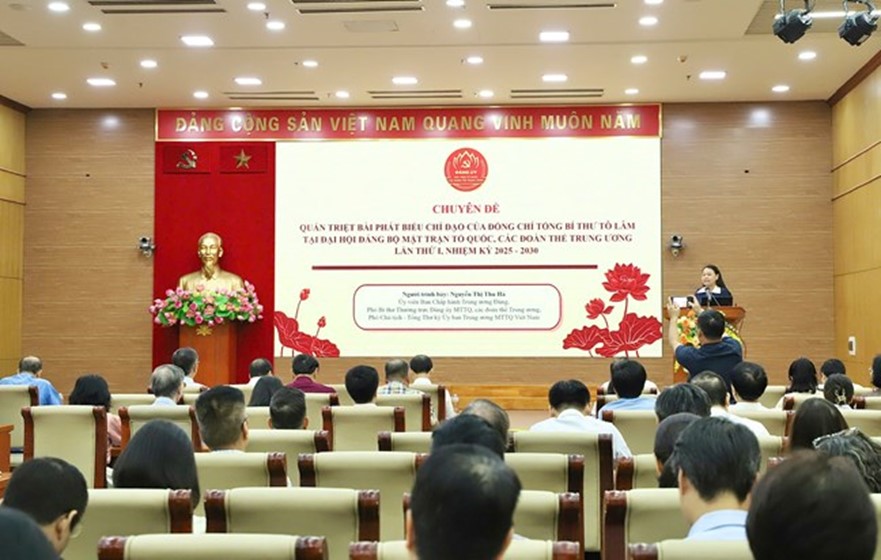Female migrant workers need recognition of rights
One of her first jobs was lugging goods around Long Bien night market. Since then her health has deteriorated so she avoids heavy work and sells fruit around downtown Ha Noi.
"Each month I send home around VND900,000 (US$45)," said Hoa who came from
"I don't send back much, but it's enough to get my family through this difficult time," she said.
Like Hoa, Bui Thi Man, from the Ha Noi suburb district of Ung Hoa, has also been a breadwinner of her family. She left her farming town to work as a baby-sitter in Ha Noi. For the last three years, she has earned VND2 million ($100) a month. Man used to take a couple of weeks off every year to go to her home village to help her family during the harvest time. She does not go home for that anymore, however, as her family can afford to pay a worker to help with the harvest thanks to the money she sends back.
Hoa and Man are just two among hundreds of thousands of women who have traveled to Ha Noi and big cities from rural provinces and areas to find jobs to improve their families' living.
The shortfalls that rural families face to pay for the basics are widening the gapbetween the number of migrant female workers and male ones.
A recent research released by the Viet Nam Women's
The statistics showed that in the period of 2004-09, the number of migrant workers increased by 2.2 million compared to 1994-99.
Economic difficulty is the main reason for the migration of the female workers.
"More than 70 per cent of the female migrant workers said they went to find jobs in cities to supplement their family's living expenses, health care costs, school fees for their children," said Tran Quang Tien, who carried out the research.
The shortage of farming land, which is the result of the urbanisation and high inflation, is another reason for their migration.
The number of migrant female workers started to rise in the late 1990s, according to the research. Most of them, under 30 years old and single, have been working in industrial parks and big cities.
"Migration is indispensable in the economic development process," said an official from the
While it is not difficult for female migrants to find jobs, they have a lot confronting them to adapt to a new life in the city.
Due to low education levels and lack of professional training, most female migrants have to work in informal sectors with unsafe and less stable jobs. Their most common options are vending, assisting families and shop; and dealing scraps. And since the migration is unstructured and unorganised, most of the women, working in private economic sectors, have no way to access their rights, so they face unfair water and electricity costs and insurmountable redtape to access loans for poor people.
Discrimination within the community and by employers are other common complaints.
"The migrants, especially women, should not be discriminated by the locals," said Tien. "The role of local unions and relevant organisations should be upheld to help the migrant workers adjust to the community."
The government's vocational training programmes should be promoted to these women, said Tien, adding the focus should be on professional training and providing jobs at localities where the migrant workers can easily get access to. Information and documents on hot lines to support migrant workers should be provided for free, said Tien.
VietNamNet/Viet











